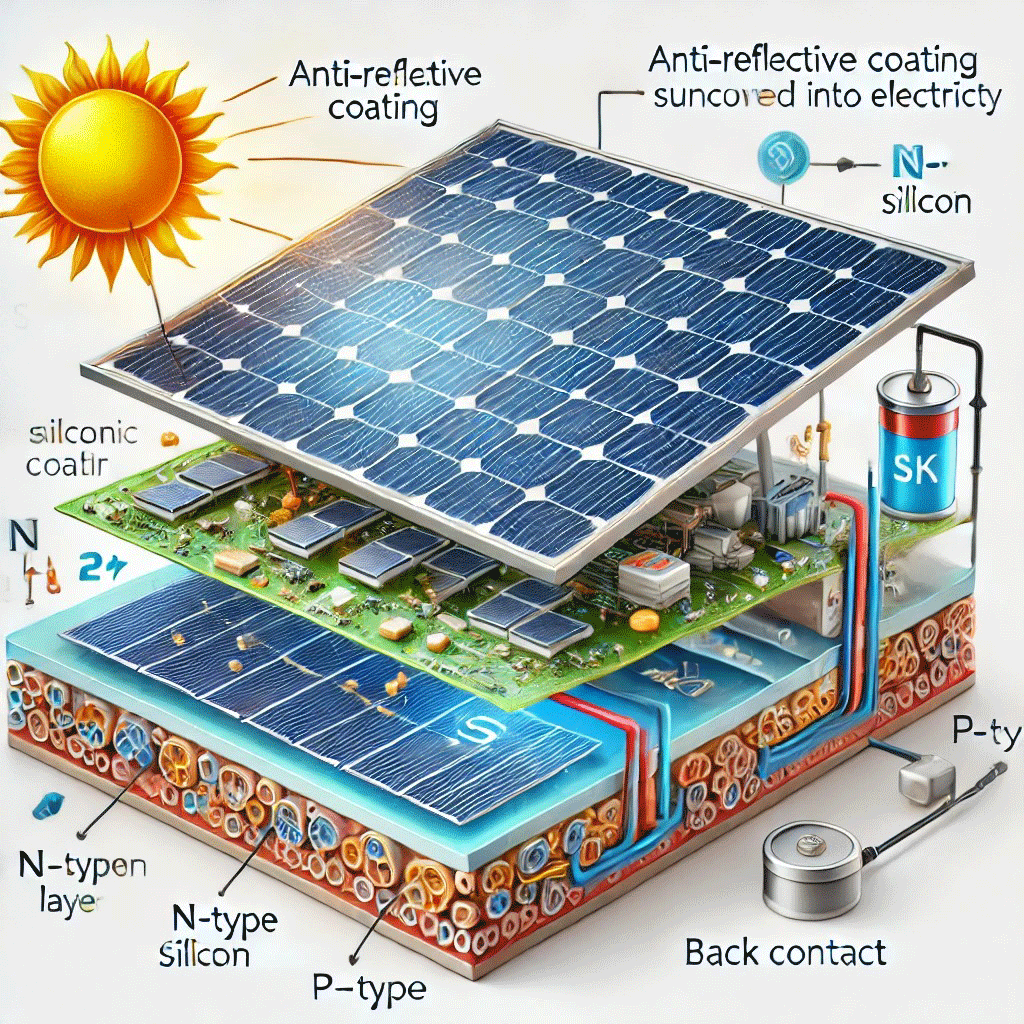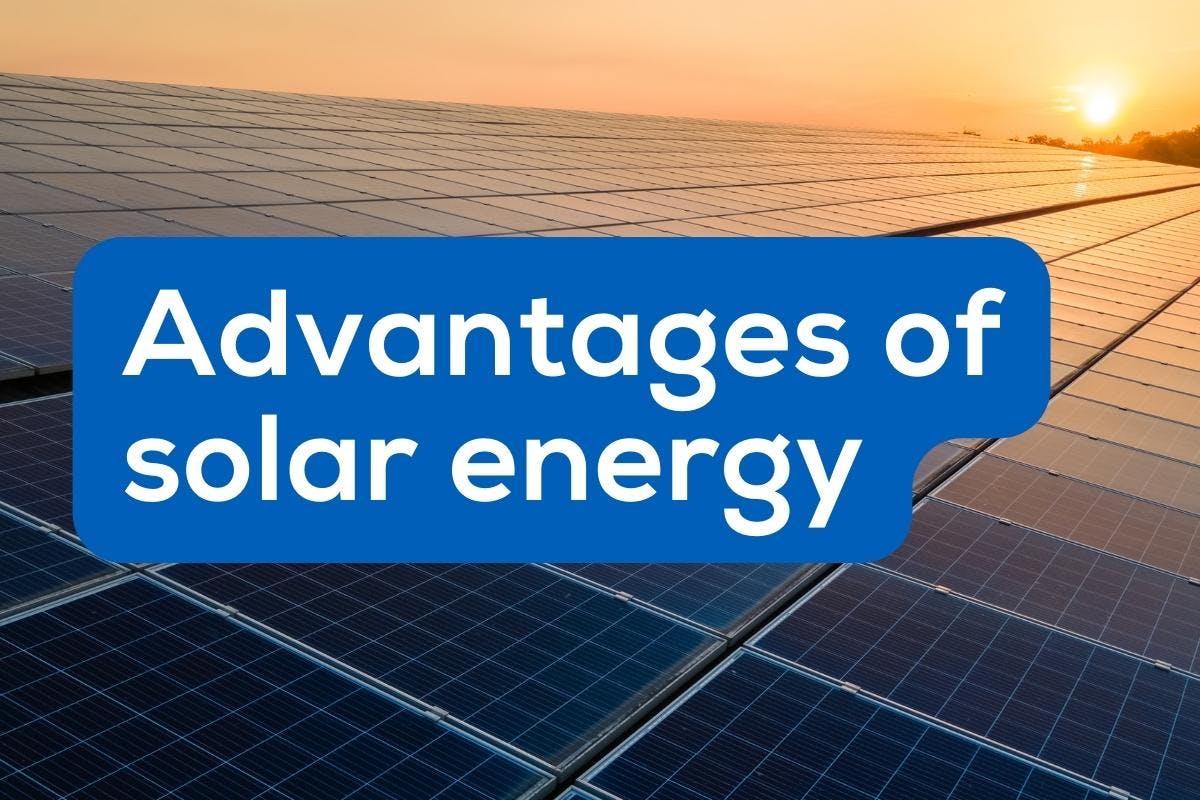Solar Power 101: A Newbie's Overview to Sustainable Energy Solutions
As the globe progressively shifts towards lasting power services, recognizing the fundamentals of solar power becomes essential for both people and organizations. This overview gives a comprehensive introduction of solar power, describing the different systems available and the mechanisms behind their operation. By checking out the advantages of solar modern technology, alongside the monetary motivations and installment procedures, one can get a more clear viewpoint on how to efficiently incorporate this renewable energy right into their power approach. The journey toward embracing solar energy invites more assessment of the obstacles and factors to consider that come with it.
Comprehending Solar Energy
At its core, comprehending solar power involves understanding the basic principles of exactly how sunlight can be transformed into functional electrical power. Solar power is stemmed from the sun's radiation, which can be utilized via different technologies. The primary device for this conversion is the photovoltaic or pv impact. This sensation happens when sunshine strikes semiconductor materials, normally silicon-based, within solar cells. The energy from the sunlight thrills electrons in the semiconductor, enabling them to flow easily and produce direct existing (DC) power.

Understanding solar power also entails acknowledging its ecological advantages. By utilizing sunshine, we can mitigate greenhouse gas exhausts and reduce air pollution, adding to an extra lasting future. The innovations in technology and performance of planetary systems remain to enhance their practicality, making solar power a significantly attractive option for worldwide power demands.
Kinds of Solar Energy Solutions
Various sorts of solar power systems are generally utilized to harness solar power for electrical power generation. The key categories include photovoltaic or pv (PV) systems, concentrating solar power (CSP) systems, and solar thermal systems.
Solar systems use photovoltaic panels composed of silicon cells that convert sunlight straight into electricity. These systems are flexible and can be mounted on rooftops, ground places, or integrated into building products.
Concentrating Solar energy systems, on the various other hand, utilize mirrors or lenses to concentrate sunlight onto a little area, generating warm that drives a vapor wind turbine to create electrical power - Simply Solar Illinois. CSP systems are generally released in massive nuclear power plant and need straight sunshine, making them less ideal for over cast regions

Each kind of solar power system has its distinct qualities, applications, and suitability depending on geographical place, energy requirements, and budget plan, making it necessary to review options based on specific conditions. - Simply Solar Illinois

Advantages of Solar Power
Using solar power through various systems not only gives a lasting method to create electrical energy but also provides a multitude of benefits. Among the most substantial advantages is the decrease in greenhouse gas emissions, adding to a cleaner setting and combating environment recommended you read adjustment. Solar power is eco-friendly, meaning it is endless and offered as long as the sunlight shines, unlike nonrenewable fuel sources, which are limited and diminishing.
In addition, solar energy can bring about significant cost savings with time. Homeowners and companies can reduce their electrical power bills substantially, and in a lot of cases, they might gain credit ratings for excess power generated with internet metering. Additionally, the solar industry develops work, from manufacturing to setup, stimulating local economic climates.
An additional engaging benefit is energy self-reliance. By producing their very own power, people and areas can lower dependence on outside power sources, enhancing strength versus rising and fall energy costs and supply disturbances. Solar energy systems call for marginal maintenance, making them a practical alternative for lasting energy generation.
Setup Refine Introduction
The installment procedure for solar power systems normally includes numerous crucial steps that make sure efficient combination right into a property. Initially, a detailed site evaluation is carried out to evaluate the roofing's orientation, shading, and architectural stability, which are essential to optimizing solar panel efficiency. Following this evaluation, the layout stage begins, where a tailored solar power system is set up based on the property owner's energy demands and choices.
When the layout is Our site completed, the essential authorizations and approvals are obtained from regional authorities, making sure compliance with policies. The real installment includes installing the solar panels on the roofing or ground, attaching them to an inverter, and incorporating the system with the residential property's electrical setup. This stage might additionally involve installing battery storage systems, depending on the style.
With the installment complete, the solar energy system can begin creating eco-friendly energy, adding to sustainability and minimizing utility prices. This structured strategy ensures that solar systems are both effective and dependable, optimizing their long-term benefits.
Financial Motivations and Financial Savings
Exploring the financial incentives and cost savings linked with solar energy systems can significantly enhance the charm of making the button to eco-friendly power. One of the most notable incentives is the government solar tax debt, which allows property owners to deduct a portion of their solar system installation costs from their government tax obligations.
Along with tax obligation credit scores, several states offer rebates that can even more reduce in advance expenses. Some utility business likewise provide performance-based motivations, gratifying solar power production over time. Funding alternatives, such as solar finances and leases, permit consumers to set up systems with little to no down settlement, making solar power much more obtainable.

Additionally, solar systems can boost residential property worths, offering a solid return on financial investment. On the whole, the mix of rewards and financial savings makes solar energy an economically attractive option for lots of homes.
Final Thought
To conclude, solar energy stands for an important part of lasting power options, supplying a pathway toward decreased carbon footprints and improved ecological defense. The varied types of solar power systems, paired with considerable financial motivations, help with more comprehensive fostering among people and communities. Recognizing the installation procedures and advantages connected with solar power empowers stakeholders to make enlightened choices. Ultimately, the transition to solar power not only fosters environmental obligation however additionally advertises economic cost savings and energy self-reliance.